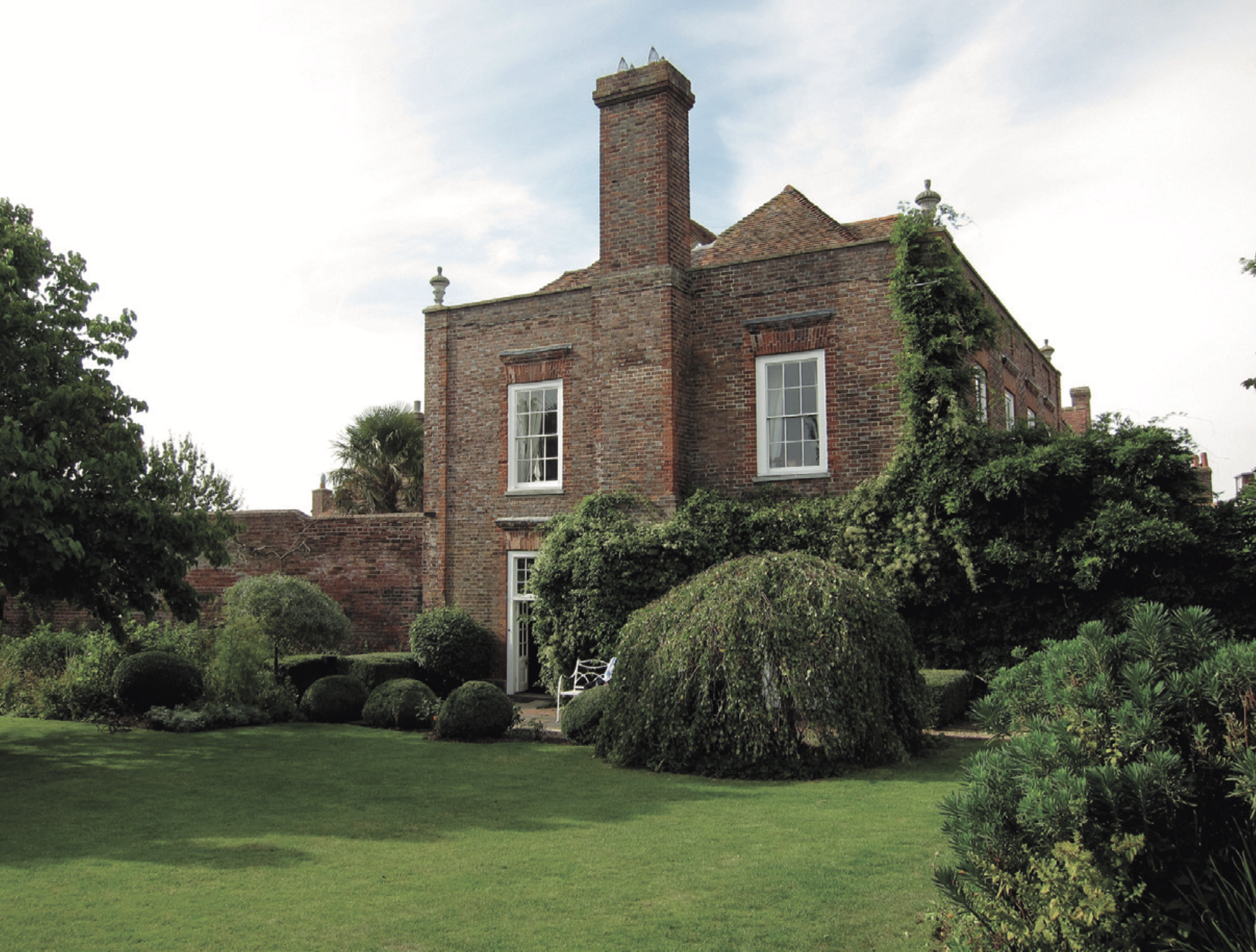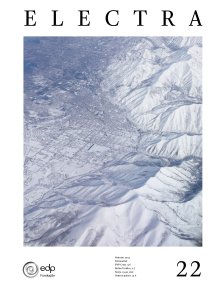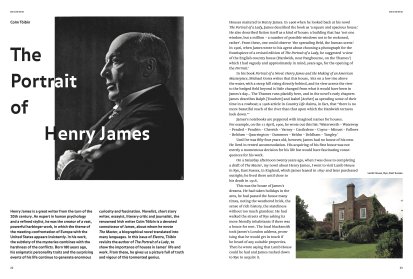Houses mattered to Henry James. In 1906 when he looked back at his novel The Portrait of a Lady, James described the book as ‘a square and spacious house.’ He also described fiction itself as a kind of house: a building that has ‘not one window, but a million – a number of possible windows not to be reckoned, rather’. From these, one could observe ‘the spreading field, the human scene.’ In 1906, when James wrote to his agent about choosing a photograph for the frontispiece of a revised edition of The Portrait of a Lady, he suggested ‘a view of the English country house (Hardwick, near Pangbourne, on the Thames’) which I had vaguely and approximately in mind, years ago, for the opening of the Portrait.’
In his book Portrait of a Novel: Henry James and the Making of an American Masterpiece, Michael Gorra writes that this house, ‘sits on a low rise above the water, with a steep hill rising directly behind, and its view across the river to the hedged field beyond is little changed from what it would have been in James’s day… The Thames runs placidly here, and in the novel’s early chapters James describes Ralph [Touchett] and Isabel [Archer] as spending some of their time in a rowboat; a 1906 article in Country Life claims, in fact, that “there is no more beautiful reach of the river than that upon which the Hardwick terraces look down.”’
James’s notebooks are peppered with imagined names for houses. For example, on the 17 April, 1900, he wrote out this list: ‘Waterworth – Waterway – Pendrel – Pendrin – Cherrick – Varney – Castledene – Coyne – Minuet – Fallows – Belshaw – Qaurrington – Dammers – Beldm – Deldham – Tangley.’
Until he was fifty-four years old, however, James had no house of his own. He lived in rented accommodation. His acquiring of his first house was not merely a momentous decision for his life but would have fascinating consequences for his work.
On a Saturday afternoon twenty years ago, when I was close to completing a draft of The Master, my novel about Henry James, I went to visit Lamb House in Rye, East Sussex, in England, which James leased in 1897 and later purchased outright; he lived there until close to his death in 1916.
This was the house of James’s dreams. He had taken holidays in the area, he had passed the house many times, noting the weathered brick, the sense of rich history, the stateliness without too much grandeur. He had walked the streets of Rye asking its more friendly inhabitants if there was a house for rent. The local blacksmith took James’s London address, promising that he would get in touch if he heard of any suitable properties. Then he wrote saying that Lamb House could be had and James rushed down to Rye to acquire it.




Share article